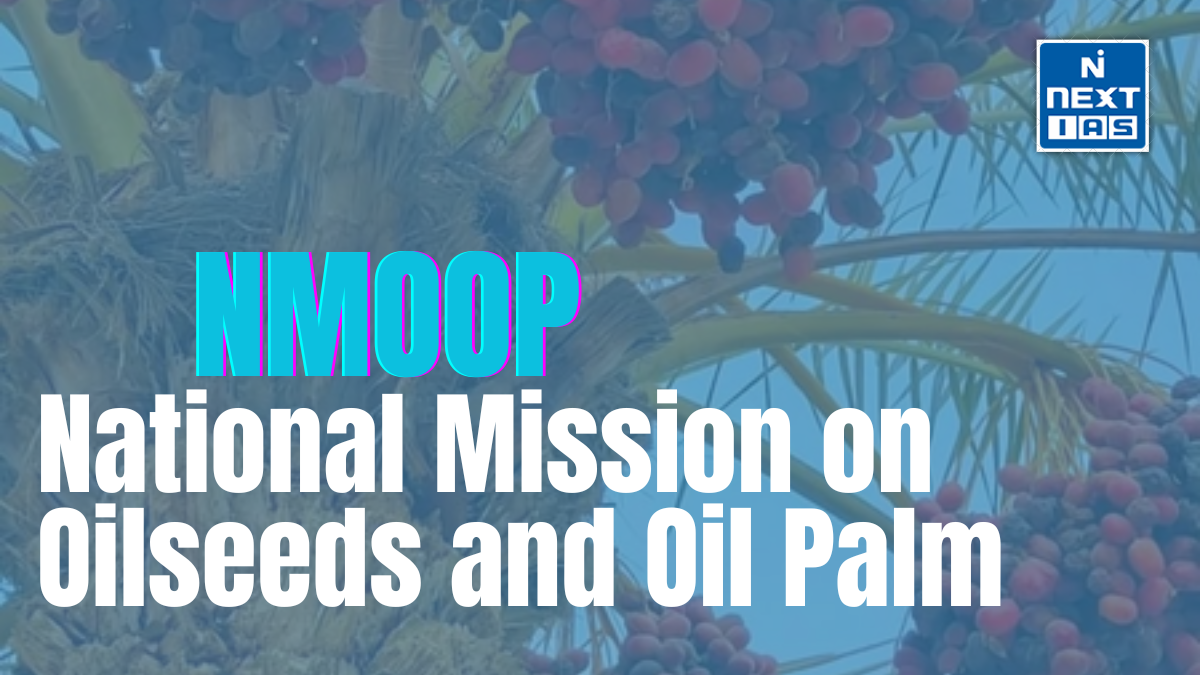
The Government of India launched the PRASAD scheme in the year 2014-2015 under the Ministry of Tourism. The full form of the PRASAD scheme is ‘Pilgrimage Rejuvenation And Spiritual Augmentation Drive’.
This scheme focuses on developing and identifying pilgrimage sites across India for enriching the religious tourism experience. It aims to integrate pilgrimage destinations in a prioritised, planned and sustainable manner to provide a complete religious tourism experience. The growth of domestic tourism hugely depends on pilgrimage tourism.
About the PRASHAD (Pilgrimage Rejuvenation and Spiritual, Heritage Augmentation Drive) Scheme
- The PRASHAD Scheme (Pilgrimage Rejuvenation and Spiritual, Heritage Augmentation Drive) was launched by the Ministry of Tourism, Government of India, in 2014-15 to develop and enhance pilgrimage and heritage tourism sites. The scheme focuses on infrastructure development, beautification, and preservation of religious and spiritual destinations, ensuring a seamless visitor experience.
- By integrating modern amenities, improved connectivity, and sustainable tourism practices, PRASHAD aims to promote India’s rich spiritual heritage while boosting local economies.
- The scheme also emphasizes sanitation, security, and accessibility to make pilgrimage sites more inclusive and visitor-friendly.
- PRASHAD has successfully rejuvenated key religious destinations across India, strengthening cultural tourism and community participation.
- By preserving historical and spiritual sites, the scheme not only enhances tourism but also fosters a deeper cultural and spiritual connection for devotees and travelers alike. It plays a crucial role in making India’s sacred sites world-class destinations.
Features of the PRASHAD (Pilgrimage Rejuvenation and Spiritual, Heritage Augmentation Drive)
- Integrated Development of Pilgrimage Sites
- Focuses on infrastructure improvements such as roads, pathways, illumination, water supply, sanitation, and waste management.
- Sustainable and Inclusive Tourism
- Promotes eco-friendly and sustainable tourism practices while ensuring benefits for local communities.
- Central Financial Assistance (CFA)
- The scheme is fully funded by the Central Government, covering infrastructure development and beautification of pilgrimage sites.
- Preservation of Cultural and Spiritual Heritage
- Aims to protect and rejuvenate heritage structures, traditional architecture, and spiritual landmarks.
- Enhancing Tourist Facilities
- Focuses on improving amenities such as interpretation centers, parking, security, and wayfinding signage for better tourist convenience.
- Public-Private Partnership (PPP) Encouragement
- Encourages collaboration with private stakeholders and NGOs for infrastructure development and maintenance.
- Implementation through State Governments
- The execution is done in coordination with state governments, local bodies, and tourism boards.
Objectives of the PRASHAD (Pilgrimage Rejuvenation and Spiritual, Heritage Augmentation Drive)
- Rejuvenation and spiritual augmentation of important national/ global pilgrimage destinations.
- Enhance tourism attractiveness of identified pilgrimage destinations and heritage cities under integrated tourism development of heritage city in planned, prioritized and sustainable manner by providing world class tourism projects in them.
- Position pilgrimage and heritage tourism as a major engine for its direct and multiplier effects of economic growth and employment generation.
- Follow community-based development through ‘Pro-Poor’ tourism concept and ‘responsible tourism’ initiatives.
- Assure active involvement of local communities through employment generation
- Creating awareness among the local communities about the importance of tourism for them in terms of increase in sources of income, improved living standards and overall development of the area.
- Promote heritage in the form heritage structures especially under integrated tourism development of heritage city, local arts, culture, handicrafts, cuisine, etc., to generate livelihood in the identified places.
- Strengthen the mechanism for bridging the infrastructural gaps at identified pilgrimage destinations and throughout heritage cities as identified under integrated city heritage tourism development within the core tourism footprint.
- Develop a monitoring mechanism for timely implementation of the projects in collaboration with the States/UTs and other stakeholders.
- Strengthen the measures for safety and security of pilgrims and tourists and improve the quality of tourism services.
- Enable convergence of State and central Government schemes as well as private sector developments for integrated site/ destination development.
Significance of the PRASHAD (Pilgrimage Rejuvenation and Spiritual, Heritage Augmentation Drive) Scheme
- The PRASHAD (Pilgrimage Rejuvenation and Spiritual, Heritage Augmentation Drive) Scheme, launched by the Ministry of Tourism in 2014-15, plays a crucial role in enhancing pilgrimage tourism in India.
- Its primary objective is to develop and upgrade the infrastructure of significant pilgrimage sites, ensuring a seamless and enriching experience for devotees and tourists.
- One of the key significances of the PRASHAD Scheme is its focus on holistic tourism development. It integrates modern amenities while preserving the spiritual and heritage essence of religious destinations.
- By improving accessibility, sanitation, accommodation, and safety, the scheme enhances the overall visitor experience, making pilgrimage sites more sustainable and inclusive.
- Additionally, the scheme promotes cultural heritage conservation, ensuring that religious sites retain their historical and architectural significance.
- This initiative not only fosters spiritual tourism but also contributes to the socio-economic growth of local communities by creating employment opportunities and boosting the local economy.
- The PRASHAD Scheme also strengthens India’s tourism sector by attracting both domestic and international tourists, reinforcing India’s identity as a global spiritual tourism hub.
- With an emphasis on environmental sustainability, it incorporates eco-friendly infrastructure and waste management practices, ensuring responsible tourism.
- By transforming pilgrimage destinations into well-managed, tourist-friendly sites, the PRASHAD Scheme supports the government’s vision of integrated tourism development, fostering national pride while preserving India’s rich spiritual and cultural legacy.
- Ultimately, it plays a pivotal role in making India’s pilgrimage sites more accessible, sustainable, and globally recognized.
Lacunae of the PRASHAD (Pilgrimage Rejuvenation and Spiritual, Heritage Augmentation Drive) Scheme
- Limited Coverage – The scheme focuses on select pilgrimage sites, leaving many important religious and heritage destinations without adequate attention. The selection process lacks inclusivity, limiting benefits to a wider range of locations.
- Slow Implementation – Several projects under the scheme have faced delays due to bureaucratic hurdles, land acquisition issues, and lack of coordination among multiple stakeholders, affecting timely execution.
- Inadequate Community Involvement – Local communities and stakeholders are not always adequately engaged in decision-making, leading to projects that may not align with local needs or sustainable tourism practices.
- Maintenance Challenges – While the scheme provides initial funding for infrastructure development, there is often no clear mechanism for long-term maintenance and sustainability of the developed sites.
- Limited Promotion & Awareness – Many revamped pilgrimage sites do not receive adequate promotion, leading to suboptimal visitor turnout and economic benefits for local communities.
- Environmental Concerns – The expansion of tourism infrastructure, if not managed sustainably, can lead to environmental degradation, especially in ecologically sensitive pilgrimage sites.
Key Pointers for the PRASHAD Scheme (Pilgrimage Rejuvenation and Spiritual, Heritage Augmentation Drive) for UPSC CSE Prelims
- Launch Year – 2014-15 by the Ministry of Tourism.
- Objective – Develop pilgrimage and heritage tourism by enhancing infrastructure and visitor facilities.
- Funding – 100% centrally funded by the Government of India.
- Implementation – Executed through agencies selected by states/UTs.
- Focus Areas – Infrastructure development (roads, signages, lighting, amenities, parking, etc.), heritage conservation, and better pilgrimage experiences.
- Coverage – Covers pilgrimage sites across India, promoting sustainable and responsible tourism.
- Complementary to Swadesh Darshan – While Swadesh Darshan focuses on theme-based tourism circuits, PRASHAD specifically targets pilgrimage sites.
- Key Sites Developed – Kamakhya (Assam), Ajmer (Rajasthan), Amritsar (Punjab), Varanasi (UP), etc.
- Encourages Public-Private Partnership (PPP) for sustainable tourism growth.
- Alignment with Government Initiatives – Supports Ek Bharat Shreshtha Bharat and Atmanirbhar Bharat by boosting local economies.
Way Forward
The PRASHAD Scheme should focus on sustainable tourism, digital integration for better visitor management, community participation, and eco-friendly infrastructure. Strengthening public-private partnerships and leveraging technology can enhance pilgrimage experiences. Expanding to lesser-known sites will promote cultural heritage while ensuring balanced regional tourism development across India.
Conclusion
The PRASHAD Scheme has significantly improved pilgrimage sites by enhancing infrastructure, preserving heritage, and boosting spiritual tourism. It has enriched the visitor experience, strengthened local economies, and promoted cultural heritage. Its success lays a strong foundation for sustainable and inclusive religious tourism across India.






